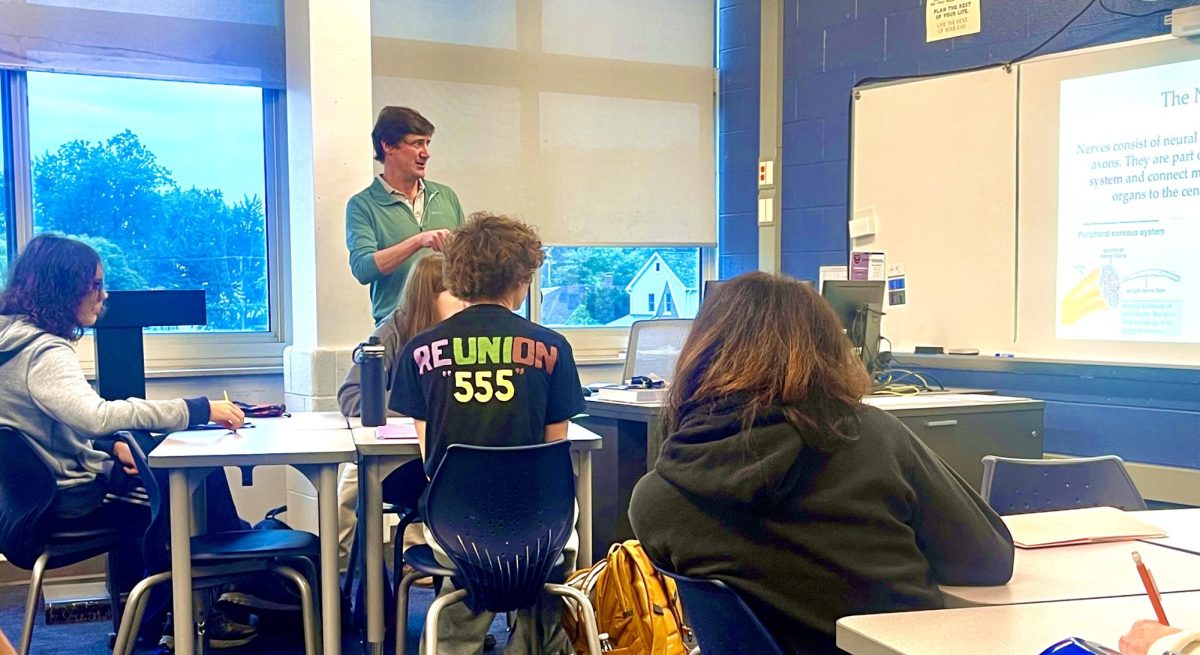In hopes to lower the crime rate in Detroit, the city established Project Green Light in 2016. The Detroit Police Department (DPD) partnered with generally high crime areas (such as gas stations and liquor stores), and had these locations install cameras that are connected to police headquarters with live monitoring. The cameras have a visible flashing green light, indicating to criminals and citizens that that area is being monitored. The goal of this project was to discourage crime as these cameras increase the risk of being caught and punished. While this project seems like it would be an effective approach in preventing crime, how impactful has it really been on the city of Detroit? With the project beginning over 8 years ago, Detroit is able to take a step back and see if this project did in fact lead to any quantifiable change.
In 2015, before the project, Detroit had a total of 13,001 violent offenses and 32,885 property offenses, according to the 2015 Homicide and Violent Crimes Report. The number of offenses dropped in 2023, with a total of 12,740 violent offenses and 29,923 property offenses according to the City of Detroit‘s Website. There are a total of more than 400 businesses who have implemented Project Green Light, and at these locations, the violent crime rate has dropped by 23%. When Project Green Light was launched in 2015, there were only 8 businesses a part of the program. Since then, these original 8 businesses have had a 48% decrease in incidents of violent crime. Based on this evidence, it is apparent that the longer a business is known as being a part of Project Green Light, less crime will occur.
Project Green Light is a private business that partnered with DPD, so the city is not providing these services. To be a part of the program, the City of Detroit states that “If purchasing cameras, the cost of the program ranges from $4000-$6000 depending on your site and which approved vendor you choose. If leasing your cameras, the cost of the program ranges from $130-$180/month plus installation cost of $450-$1,000, depending on your site and which approved vendor you choose”. While this program has been proven to help the crime rate, the cost may have deterred some businesses interested in the project. Regardless of this, the 400 businesses a part of this project have been accomplishing the company’s goal: to improve “neighborhood safety” and to promote “the revitalization and growth of local businesses, and strengthening DPD’s efforts to deter, identify, and solve crime”.
Considering Project Green Light’s efforts and a variety of other factors, the general current crime rate is lower now than it has been in past years. However, is it enough for Detroit to be considered safe? The answer to this question is a little more complicated. In recent years, parts of Detroit have become a booming city for business and tourism. With people such as the multibillionaire Dan Gilbert, who bought over 70 properties in downtown Detroit with the intention of turning around its economy, Detroit’s GDP has never been higher (Statista Research Department). The high tourism areas such as Midtown and Corktown have become extremely safe for people to walk around in with a variety of activities for locals and others. However, some neighborhoods that are outside of the tourism zones still have high crime rates. For example, places like Belmont (with residents having a 1 in 8 chance of being victim of a crime) and Greensbriar (with residents having a 1 in 7 chance of being victim of a crime), are both very dangerous areas (Property Club). Though it is no longer considered the “Murder Capital of the World” as it was in 2012, Detroit is currently ranked as the city with the third-highest murder rate in the United States (World Population Review).
All in all, though Project Green Light did lower some of the crime that the businesses who implemented it were experiencing, Detroit is still far from being a city known for its safety. However, Detroit is on the rise. The tourist areas are very safe, and Detroit’s economy is projected to continue to improve. There is hope for Detroit to continue to be a safer place to live and visit.
Categories:
Assessing Project Green Light: Impact, Costs, and Detroit’s Path to Safety
More to Discover
About the Contributor

Violet Karp, Editor-in-chief
My name is Violet Karp, and I am the Editor-in-chief of the Berkley Spectator! I have been on staff since I was a freshman, which makes this my fourth year of writing for publication. I am an ex-vegetarian and an avid Euchre player. My favorite donut cutter donut is the Boston Cream, and I am so excited for another great year of journalism!








